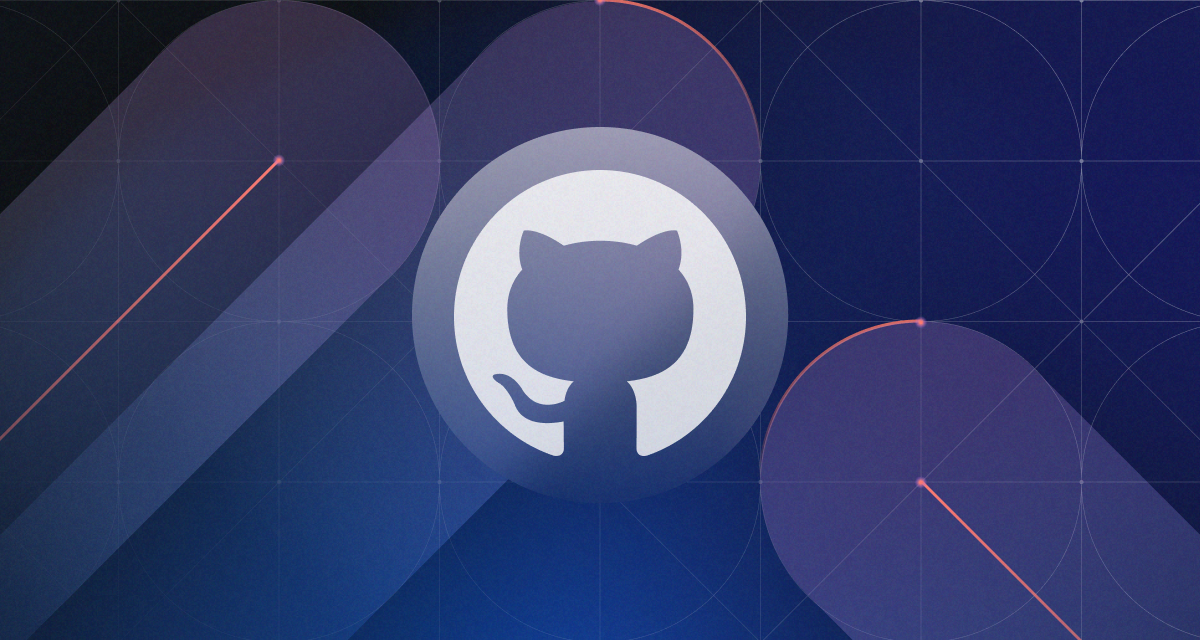
Mastering GitHub Branches: Connecting Your Production and Development Workflows
GitHub Branches Version Control Production Development DevOps CI CD Workflow Git Code Management
Mastering GitHub Branches: Connecting Your Production and Development Workflows
Managing multiple branches on GitHub is a critical skill for any developer or team working on a project with different environments, such as production (prod) and development (dev). In this post, we'll explore the best practices for connecting these branches, ensuring a smooth and efficient workflow.
Understanding the Role of Branches
In Git, branches are a way to work on different versions of a repository simultaneously. The most common branches are:
- Main/Master: Often used for the production-ready code.
- Development: Where new features and bug fixes are implemented and tested.
- Feature/Hotfix Branches: Temporary branches used for specific tasks or fixes.
By separating your production and development branches, you can work on new features and improvements without affecting the stability of your production environment.
Setting Up Your Branches
1. Create a Development Branch: If you don't already have one, create a development branch from the main branch. This is where you'll commit your changes during the development phase.
git checkout -b dev main 2. Work on Features: Create feature branches from the dev branch to work on specific tasks. This keeps your development process organized and prevents conflicts.
git checkout -b feature/new-feature dev 3. Merge to Dev: Once your feature is complete and tested, merge it back into the dev branch. This ensures that the dev branch always has the latest development work.
git checkout dev
git merge feature/new-feature 4. Continuous Integration and Testing: Set up continuous integration (CI) tools to automatically test the dev branch. This ensures that all changes are validated before they are considered for production.
Connecting Dev to Prod
The production branch is where your stable, tested code lives. To move code from the dev branch to production, you need to ensure that everything is thoroughly tested and ready for release.
1. Merge Dev into Prod: Once the code in the dev branch is stable and has passed all tests, it's time to merge it into the production branch.
git checkout main
git merge dev 2. Resolve Conflicts: If there are any conflicts during the merge, resolve them carefully. This step is crucial to ensure that the production branch remains stable.
3. Tagging Releases: After merging to the production branch, consider tagging the commit with a version number. This helps in tracking releases and rolling back if necessary.
git tag -a v1.0.0 -m "Release version 1.0.0"
git push --tags 4. Deploy to Production: With the production branch updated, you can now deploy the latest changes to your live environment. Ensure that your deployment process is automated and reliable.
Best Practices for Managing Branches
Regular Merges: Keep the dev branch in sync with the production branch by regularly merging changes from production into development. This minimizes the risk of conflicts and ensures that the dev branch is up-to-date.
git checkout dev
git merge main Feature Flags: Use feature flags to control the release of new features. This allows you to deploy code to production without immediately enabling it for all users.
Code Reviews: Implement a code review process before merging changes into the production branch. This ensures that only high-quality, stable code is deployed.
Backup and Rollback Plans: Always have a backup and rollback plan in case something goes wrong during deployment. This is crucial for maintaining the stability of your production environment.
Conclusion: Streamlining Your Workflow with GitHub Branches
By effectively managing multiple branches on GitHub, you can create a seamless workflow that separates your production and development environments. This approach not only improves the stability of your codebase but also makes it easier to collaborate with others and manage the lifecycle of your project. Whether you're working solo or as part of a team, mastering branch management is key to success in any development project.
Thank you for reading, and stay tuned for more insights and tips as we continue our tech journey together!